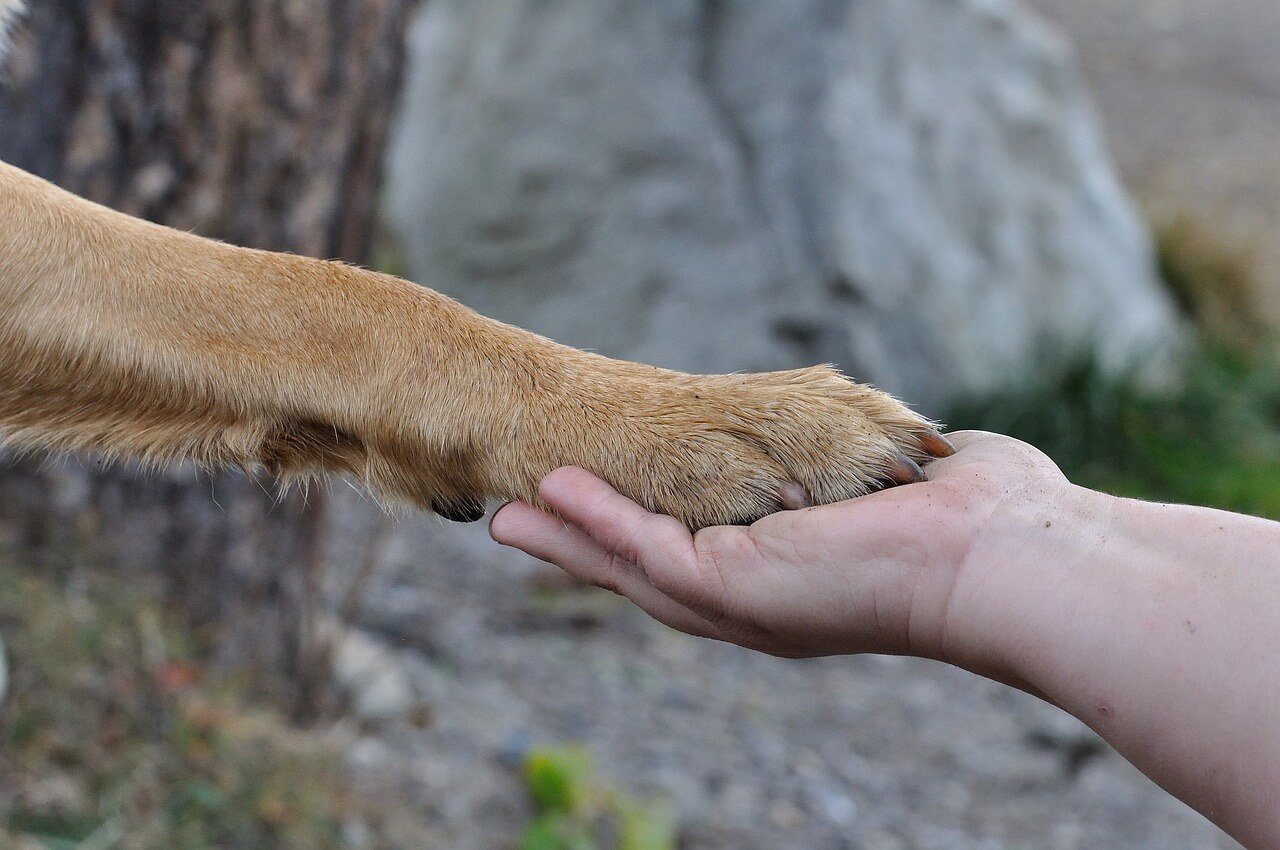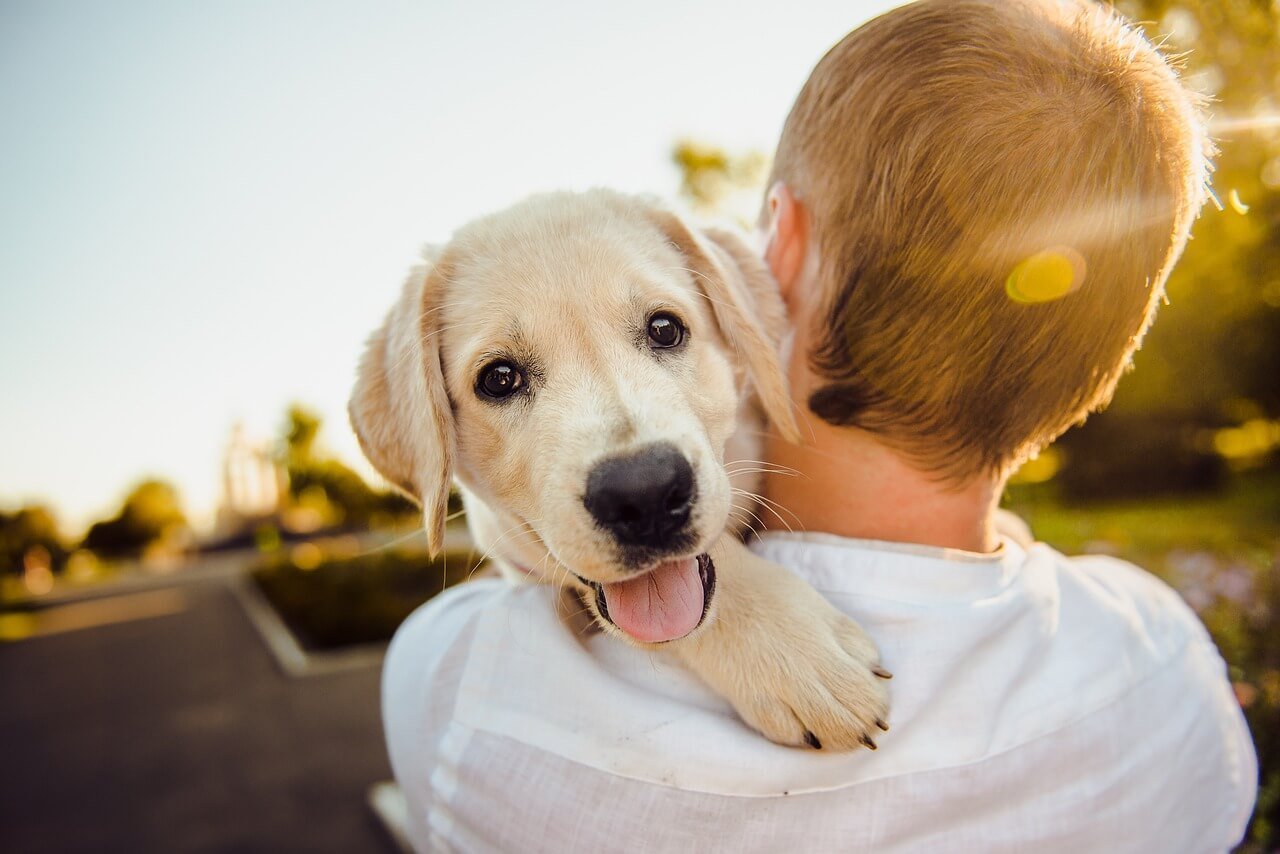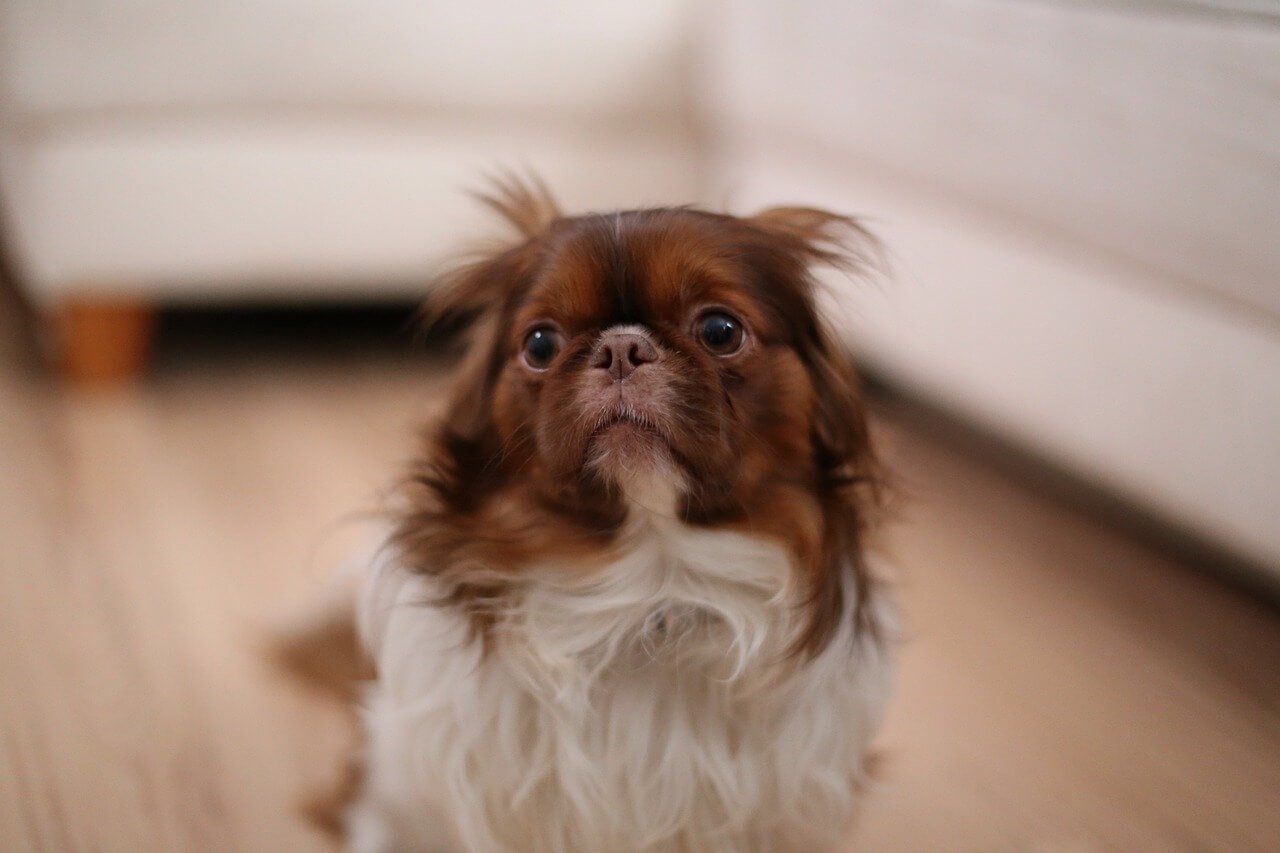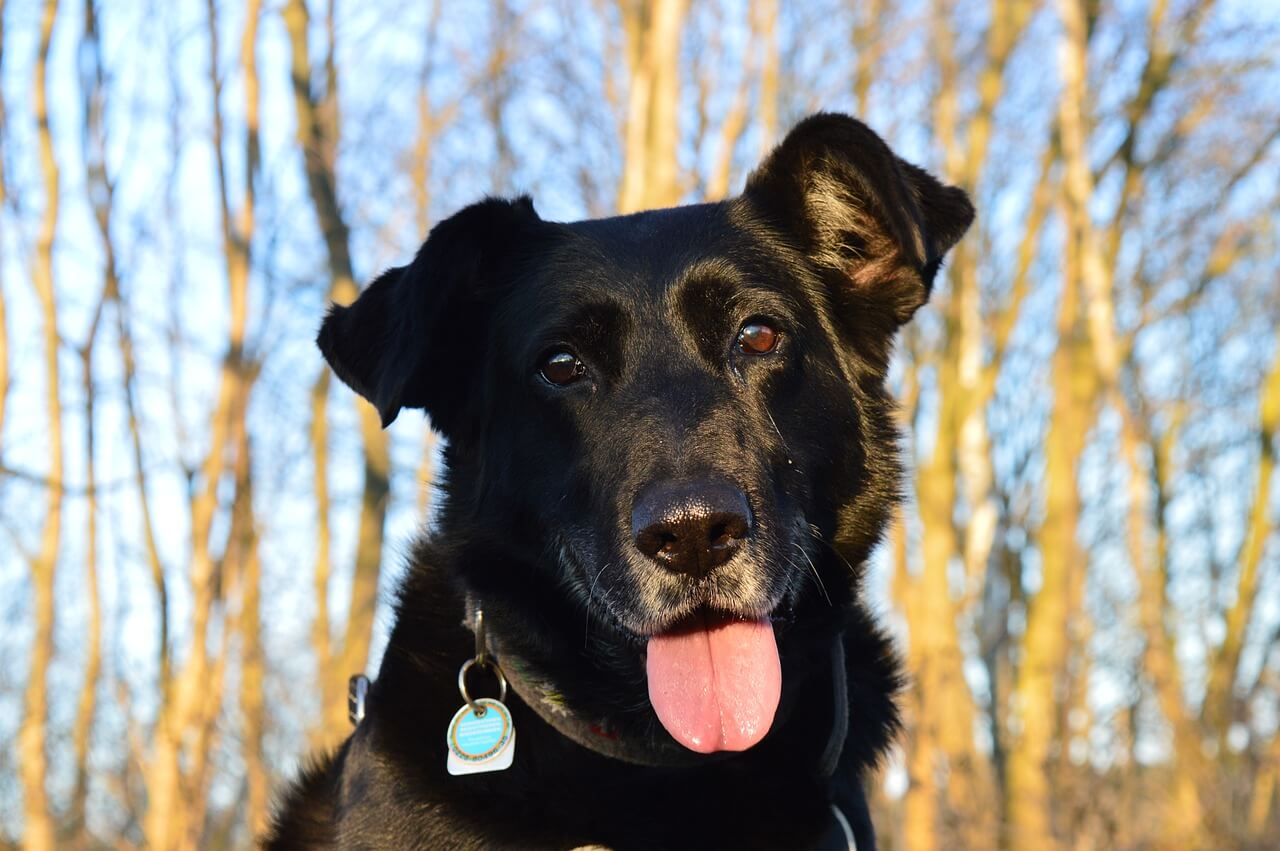Why does my beloved fur-baby place their paw on me? It's a heartwarming gesture, filled with mystery and intrigue. If you've ever sunk into your couch after a long day, only to have your canine companion reach out and place a paw on your lap, you're not alone. This simple act carries significance. Serves as evidence of the complex realm of communication, in the canine world.
Now, while we humans rely heavily on words (and maybe a bit too much on texting), dogs have their own intricate forms of communication. They use their tails, ears, eyes, and yes, even their paws, to convey a symphony of emotions. So, what's the deal with pawing? Let's unravel this furry mystery.
The Language of Paws
Every wag, woof, and whine is a word in your dog's vocabulary. However, behaviors such, as pawing can be compared to the verbal cues found in human body language. The world of dog body language is truly captivating as it provides glimpses into their mental well-being.
When your dog places a paw on you it can be seen as a gesture to how humans pat each other on the back or give gentle touches on the arm. For dogs, this shows their bond with you indicating that they see you as part of their family and feel comfortable and protected by your presence. It's their way of saying, "Hey, I'm here with you, and I've got your back."
However, just like a dog tilting its head or giving you a prolonged stare, pawing can also be a dog's way of expressing curiosity or seeking attention. Maybe they've sensed a change in your mood, or perhaps they're reminding you that it's way past their dinner time.
Moreover, breeds like Labradors and Golden Retrievers, known for their expressive personalities and loving nature, might be more inclined to use their paws to communicate.
Other Fascinating Canine Behaviors
Just as humans have their own set of habits and quirks (come on, we all have that one song we can't help but dance to), our four-legged buddies have their own set of behaviors that leave us both baffled and amused. Let’s dive into some of these behaviors and shed light on the possible reasons behind them.
The Iconic Head Tilt
We've all seen it - that heart-melting moment when you talk to your dog, and they respond with a curious head tilt. Some experts believe that dogs tilt their heads to adjust the positioning of their ears to better capture a sound. Others opine it might be their way of trying to comprehend our words or the tone of our voice. Whatever the reason, it’s one of those moments that dog lovers live for.
The Deep, Soulful Stare
Ever had a moment when your dog just stared at you? No blinking, just a deep, soulful gaze. While it might seem like they're trying to communicate telepathically, this behavior is often rooted in affection and trust. A prolonged stare between a human and their dog releases oxytocin, the bonding hormone, in both parties. It's the same hormone that fosters bonding between a mother and her child. So, in a way, when your dog gazes into your eyes, they're sharing a heartfelt moment of love and trust with you.
Following You Like a Shadow
“Personal space? What’s that?” seems to be the motto of many dogs. If your dog is your little shadow, always following you around, it's a sign of their loyalty and attachment. Whether you’re heading to the bathroom or the kitchen, they want to be a part of every adventure, however mundane it may seem to you. For them, being by your side is the best place to be.
Rolling in All Things Smelly
Ah, the mysterious allure of stinky things! For reasons that baffle many dog owners, dogs love to roll around in smelly stuff. From mud to, well, more unsavory scents, it seems they just can't resist. This behavior dates back to their ancestral days when masking their scent was crucial for hunting. While it might not make sense in a modern setting (especially when you've just given them a bath), it’s deeply ingrained in their instincts.
Training and Care Tips
The bond between humans and dogs is age-old and profound. Delving deeper into canine behavior and embracing dog training can enrich this bond, making life with your furry friend even more harmonious and fulfilling.
The Importance of Training
Training isn't just about teaching your dog to sit, stay, or fetch. It provides an approach, for communication establishing limits, and comprehending the requirements of one another. A well-trained dog is generally happier, as they understand what's expected of them, leading to fewer behavioral issues and misunderstandings.
Decoding Breed-Specific Behaviors
Each dog breed comes with its own set of characteristics and tendencies. For instance, a French Bulldog might be more laid-back and affectionate, while a Beagle is known for its curious and investigative nature. Recognizing these inherent traits can aid in training and predicting certain behaviors.
Enrichment and Care
Training also encompasses caring for your dog's physical and mental well-being. Activities like hiking safely with your dog or learning the correct method to brush your dog's teeth not only keep them healthy but also strengthen your bond.
Moreover, understanding the ideal care routines, like discerning how often you can bathe a dog, ensures that you are meeting their needs without causing any unintentional harm.
Conclusion
Our adventures, with our companions, are brimming with instances of awe, joy, and deep emotional bonds. Whether it's the gentle placing of a paw on your lap, a joyous romp in the snow, or the unspoken trust reflected in a deep gaze, dogs enrich our lives in immeasurable ways.
Understanding the intricacies of their behaviors – be it breed-specific quirks, seasonal joys, or their unique ways of communicating – not only deepens our bond but also fosters a sense of mutual respect and admiration. Every odd little behavior every wag of the tail and every bark carries with it a tale of a species that even though it may be different, from us experiences emotions and longs, for companionship.







